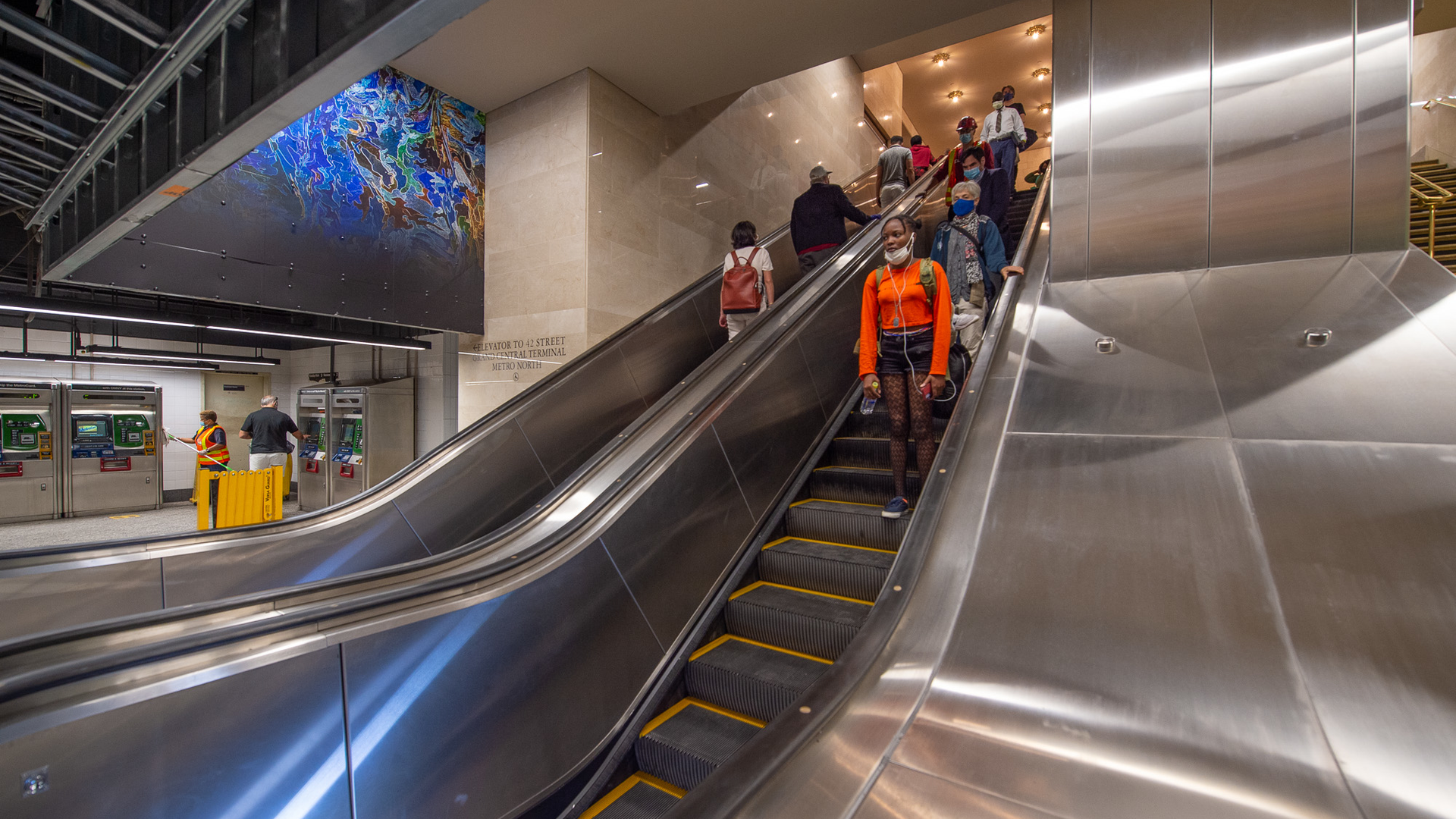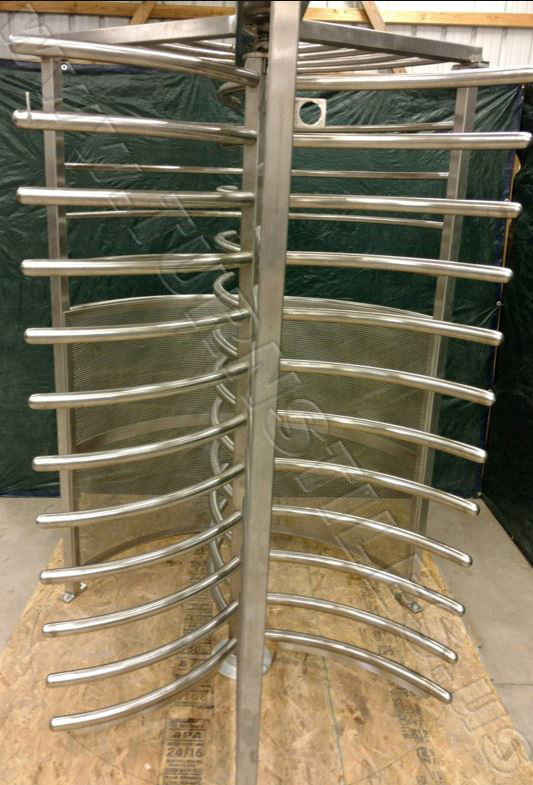

The MTA is governed by a 17-member board. In 1953, the legislature created the New York City Transit Authority (now an affiliate of the MTA) as a public corporation to lease transit facilities from the city and govern transit. Throughout the 1940s, the city acquired the subway and trolley lines, as well as bus routes and elevated trains. In 1932, the city established the first city-run subway service. From 1904 to 1953, the subway system was privately owned. The state legislature established the MTA in 1968 as a public benefit corporation responsible for the development and improvement of commuter transportation within the metropolitan commuter transportation district, which includes New York City and seven adjacent counties.

From 2010 to 2013, de Blasio served as New York City Public Advocate. Cuomo also served as New York attorney general from 2006 to 2010.ĭe Blasio has served as mayor of New York City since 2013 and is running for re-election in the Democratic primary on September 12.

BackgroundĬuomo was first elected as governor of New York in 2010, then re-elected in 2014. By law, both the city and the state have a responsibility to contribute funds to the MTA, although there is no statutory funding formula. The MTA is controlled by the governor and the New York State Legislature, although the city and various counties served by the system recommend representatives to the board. The network of subways, buses, and railroads fanning out from New York City through Long Island, southeastern New York State, and Connecticut is governed by the Metropolitan Transportation Authority (MTA). In response, Mayor Bill de Blasio said the system is “the state’s responsibility.” He also called on New York City officials to spend more money on the subway system-North America’s largest. Andrew Cuomo announced in June his intention to declare a state of emergency for New York City’s transit network following a series of power outages, derailments, and delays.


 0 kommentar(er)
0 kommentar(er)
